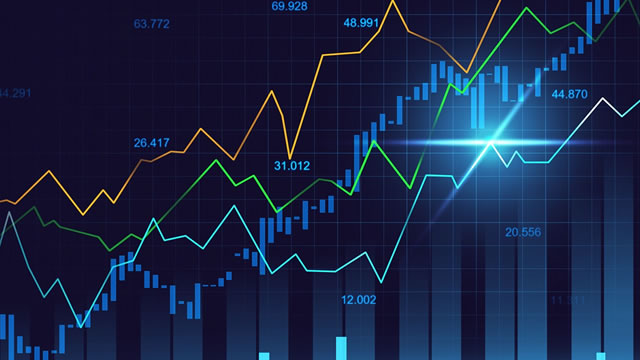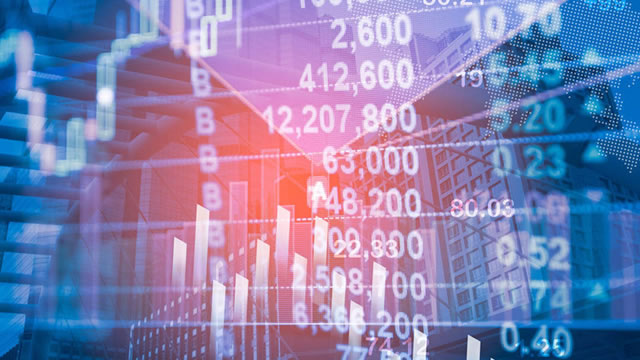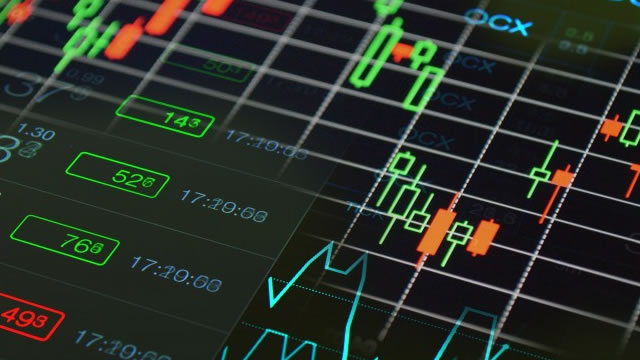AUD/USD Continues Decline for Fourth Consecutive Day Ahead of Australian Jobs Report
Description
The AUD/USD currency pair has continued its downward trend for the fourth consecutive day. This decline has been driven by the pair’s struggle to break above the 0.6900 resistance level, leading to a correction in the market. Sellers are now targeting a test of the 200-day Exponential Moving Average (EMA) at 0.6751. The recent release of dovish minutes from the Reserve Bank of Australia (RBA) and the upcoming jobs data from Australia are contributing to the weakness of the Australian dollar (AUD) against the US dollar (USD), preventing the AUD/USD pair from gaining strength.
Impact on Me
As an individual investor or trader, the continued decline of the AUD/USD pair may have an impact on your investment portfolio. If you have holdings in Australian dollar-denominated assets or are involved in currency trading, you may experience losses as the AUD weakens against the USD. It is important to monitor the latest market developments and economic indicators, such as the upcoming Australian jobs report, to make informed decisions about your investments.
Impact on the World
The ongoing decline of the AUD/USD pair can have broader implications for the global economy. A weakening Australian dollar may affect trade relationships between Australia and other countries, potentially leading to changes in export and import levels. This could impact global supply chains and economic growth. Additionally, fluctuations in currency markets, such as the AUD/USD pair, can influence investor sentiment and market dynamics worldwide, contributing to increased volatility in financial markets.
Conclusion
In conclusion, the AUD/USD pair’s continued decline for the fourth consecutive day reflects the current market sentiment towards the Australian dollar and its inability to gain momentum against the US dollar. Factors such as the dovish RBA minutes and the upcoming Australian jobs report are driving the pair’s movement. It is essential for individual investors and global stakeholders to closely monitor these developments and their potential impact on financial markets and the economy as a whole.





